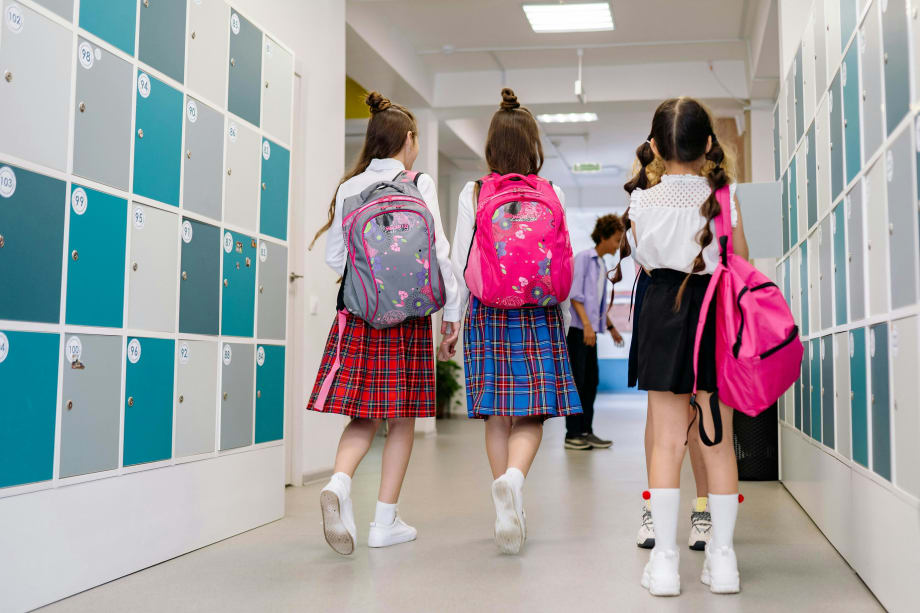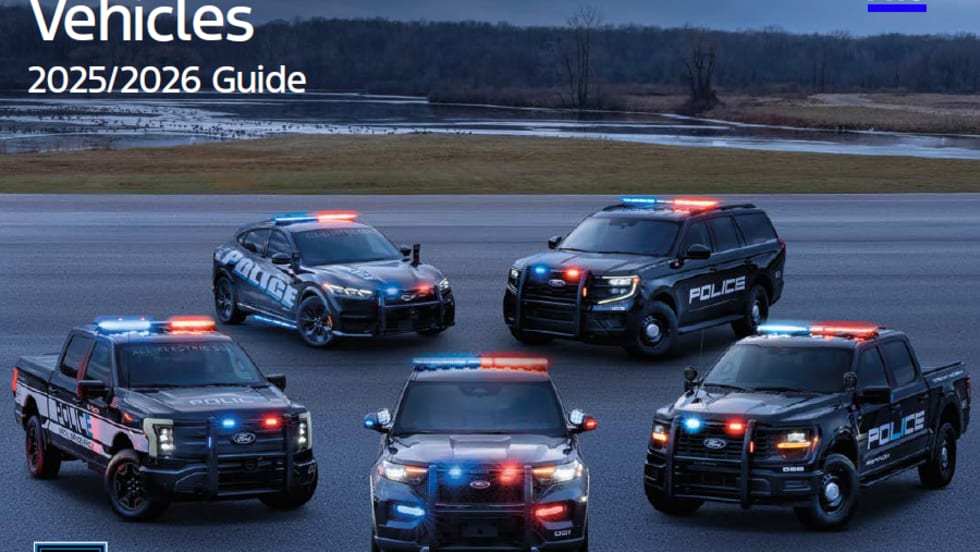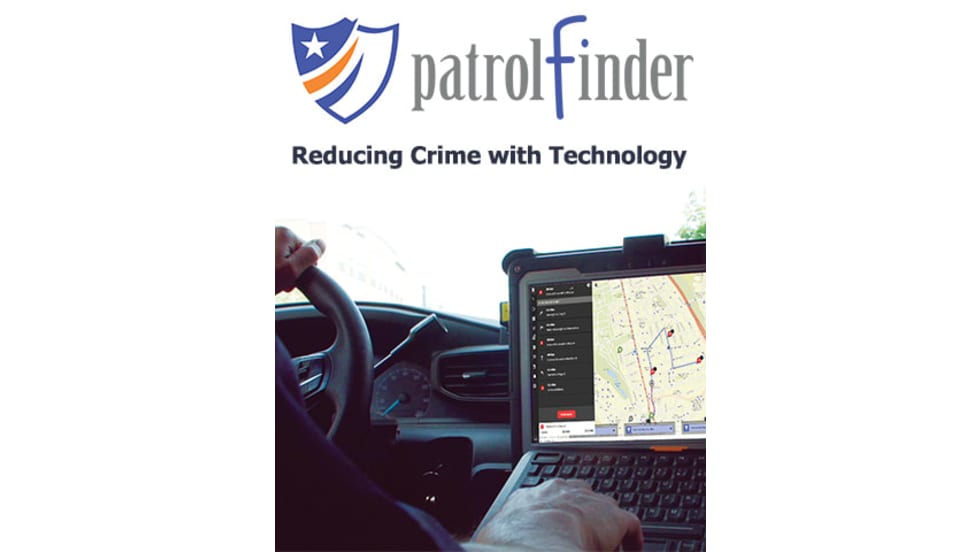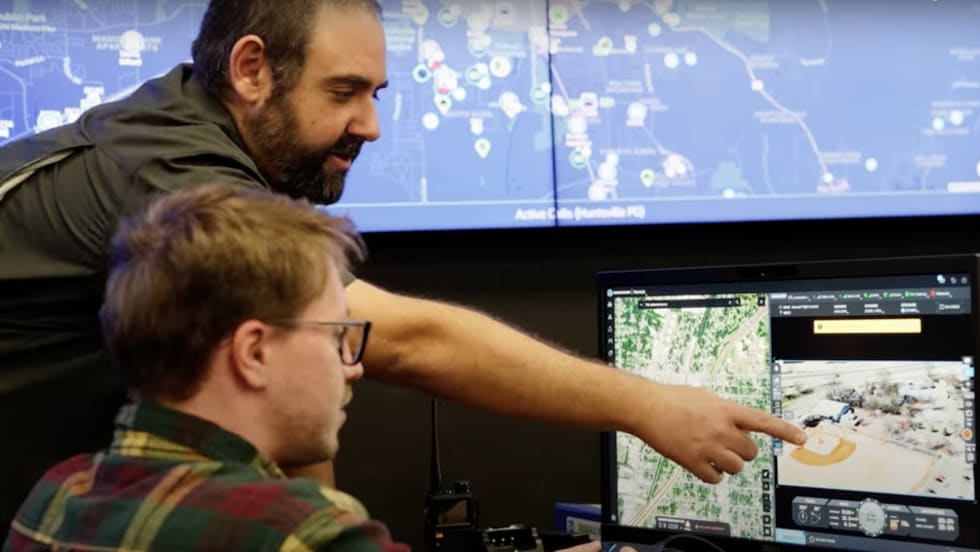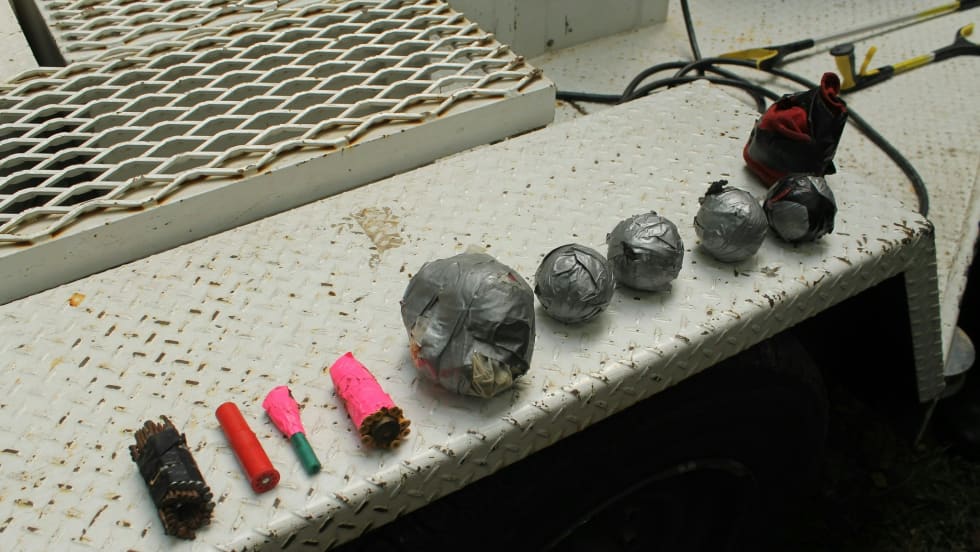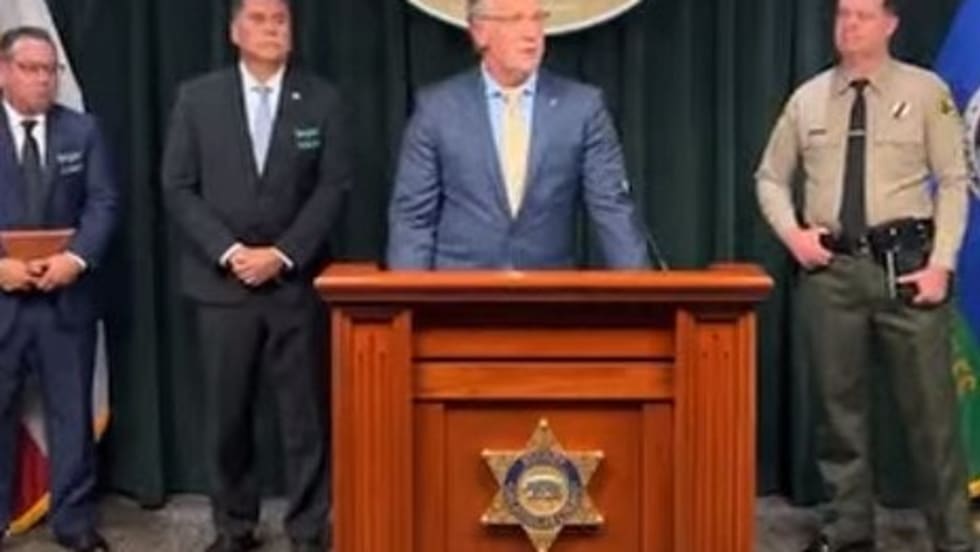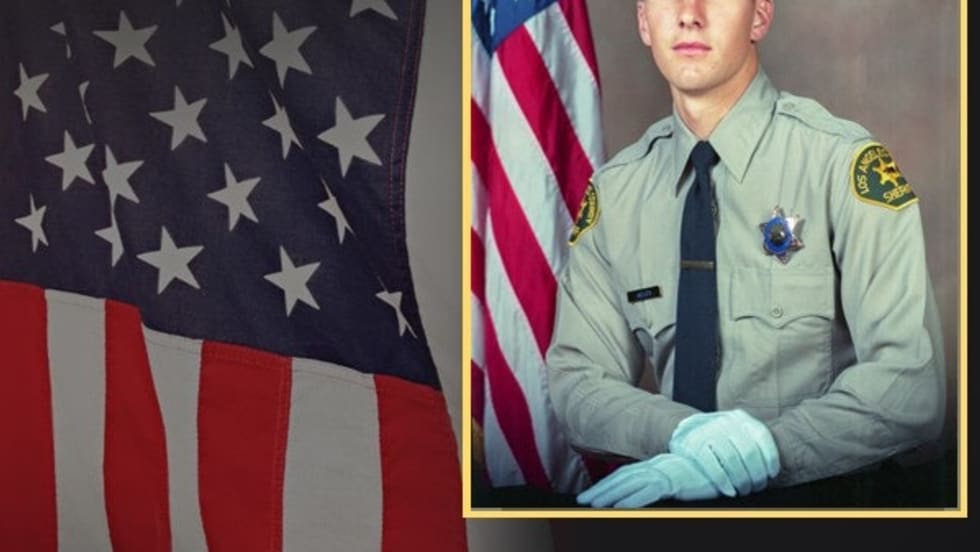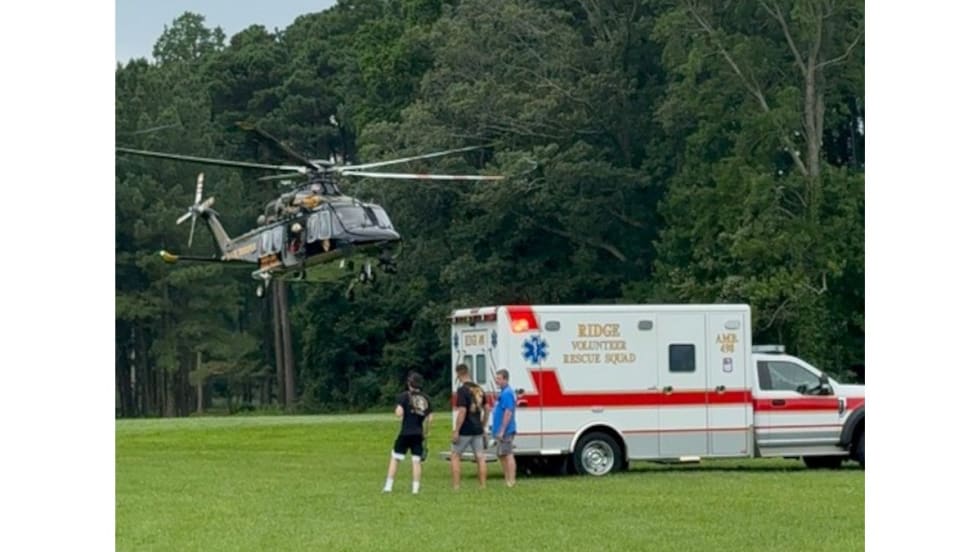“K9s4KIDs maintains regular communication with the handler, the law enforcement agency, and the school administration to monitor how the K-9 team is performing,” she says. “This helps ensure that any challenges or adjustments needed are addressed promptly.”
Before the K-9 team is deployed, K9s4KIDs works with the school administration, security staff, and law enforcement agencies to understand the specific security needs and challenges the school faces. This ensures the K-9 is used effectively for the issues that matter most, such as narcotics, firearms, or general safety, according to Schiller.
Next customized security strategies are developed. Schiller explains each school has unique needs, so K9s4KIDs tailors how the K-9 team will be integrated into the school’s existing security protocols. This can include deciding on the frequency of patrols, where and when searches will be conducted, and how the K-9 will participate in emergency drills or crisis response plans, she says.
School environments require specialized training for both K-9s and their handlers, she adds. The training covers working around children, handling distractions, and remaining calm in high-traffic areas such as hallways, cafeterias, and sports events.
The organization ensures every K-9 team receives continued training or advanced courses to enhance their effectiveness as security threats evolve.



